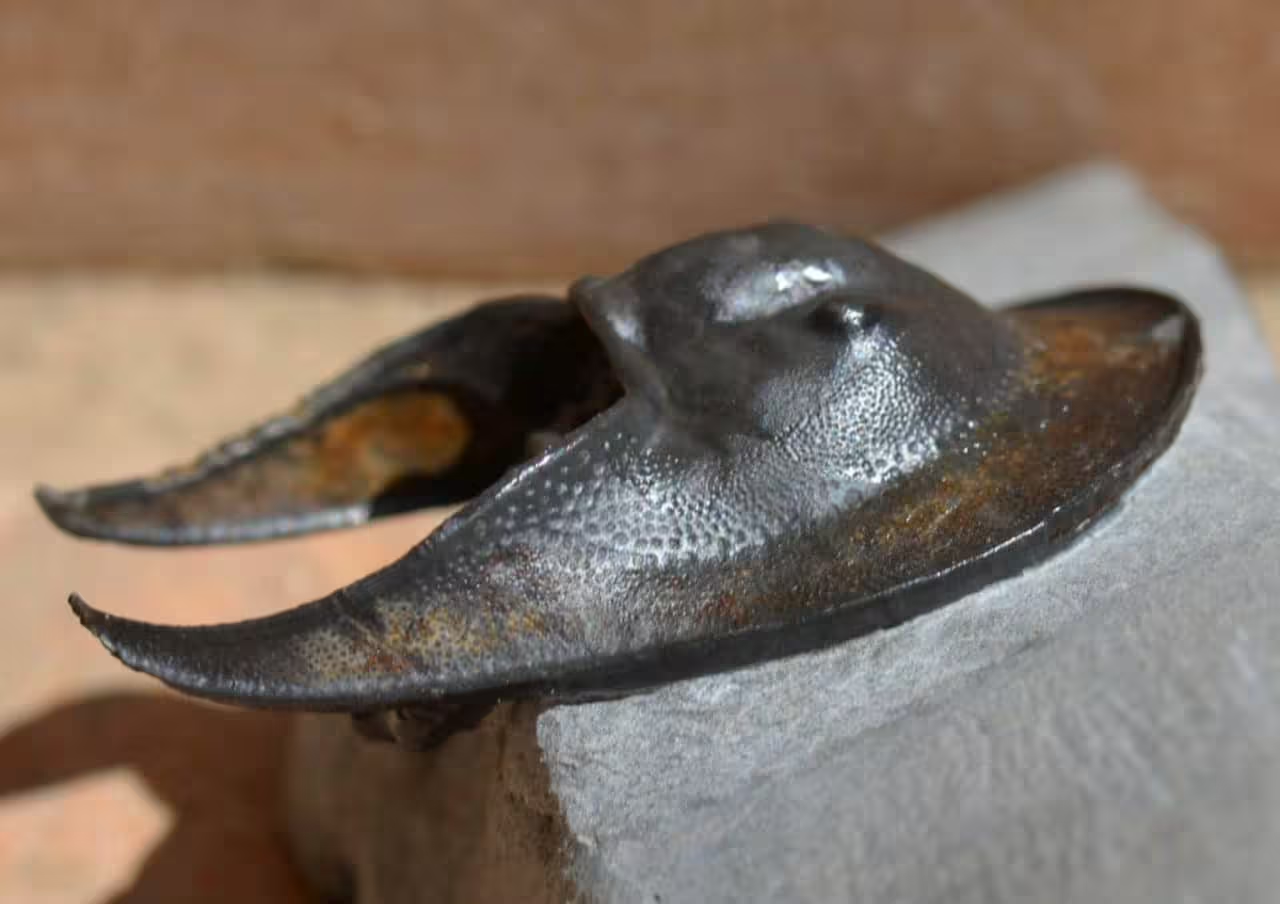Trilobites are a type of arthropod that lived throughout the seas during the Paleozoic era and later became completely extinct. Some of them (representatives of the Harpetid and Trinucleid groups) had a unique common feature: a flat, wide protrusion on the head. Its purpose is unclear: Perhaps trilobites used their shovels to cultivate or dig soil. The authors of the new study showed that both groups acquired “ornaments” independently and also went through very similar evolutionary changes.
In past periods of Earth history, completely different living creatures developed in it. Trilobites, for example, are a large and diverse group of arthropods, unlike modern ones (spiders, insects, and crustaceans). They were once very numerous: according to fossils, about 22 thousand species of trilobites were described, distributed in systematic groups of various stages.
What types of trilobites were not seen in the Paleozoic ocean: from very small to giants up to 70 centimeters long, from those that dig the bottom sediment to free-swimming and predatory ones. Some trilobites had faceted eyes, others had large tridents on their heads, and some had flat protrusions that gave them a slipper- or sickle-like appearance. According to English literature, they resemble harps, hence the name harpiform animals. This was the emergence of two groups of ancient arthropods: harpetids and trinucleids; their evolution is discussed in a new article. Journal of Paleontology.
Members of the order Harpetida and the superfamily Trinucleioidea appear in the geological record at the end of the Cambrian period and share many common features. In addition to the “sickle”, they are characterized by a small or medium-sized, vault-shaped head (cephalon), a raised chest (chest) and small eyes. It is not surprising that paleontologists have long thought that the two branches of the trilobite lineage were related, arising from a common “root” (which in this case had a similar appearance).
It is difficult to uncover evolutionary relationships between two groups of trilobites. They have no modern relatives who could borrow DNA for analysis. Sickles are an adaptation not seen in most any modern animal, and it is still unclear why trilobites needed them. Presumably, the large appendage was something like snowshoes that helped the animal not get stuck on the shaky bottom, or a sieve to filter out food particles. It may also contain sensitive receptors, work like a plow or shovel, and strengthen and lighten the trilobite’s exoskeleton.
By identifying the basic features of the “sickles” of various trilobites, the authors managed to reconstruct their evolutionary process and find their place in the phylogenetic tree. They examined 21 genera out of 29 known Harpetida and 56 out of 132 Trinucleioidea (including a number of transitional forms and larval stages), as well as trilobites from other taxa. It turns out that the two groups of animals do not have a common ancestor, and the ancestors of each did not initially have a characteristic appendage. It turns out that both independently acquired a similar shape and underwent a series of similar morphological changes; This is a vivid example of parallel evolution. Most likely, both became “sickles” due to similar lifestyles and occupied ecological niches.
Source: Port Altele
